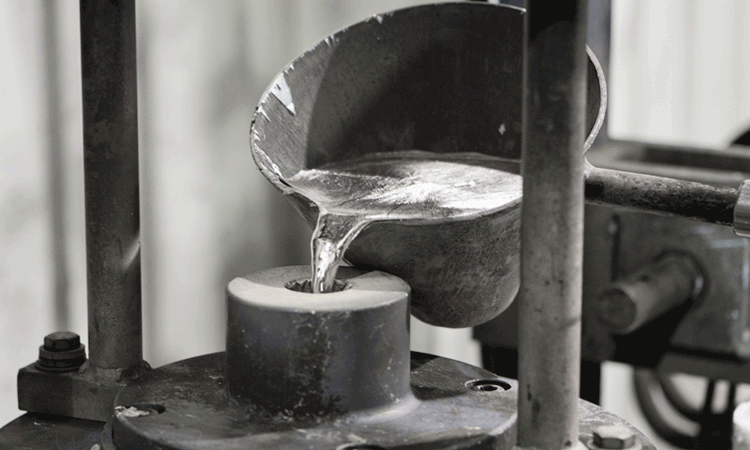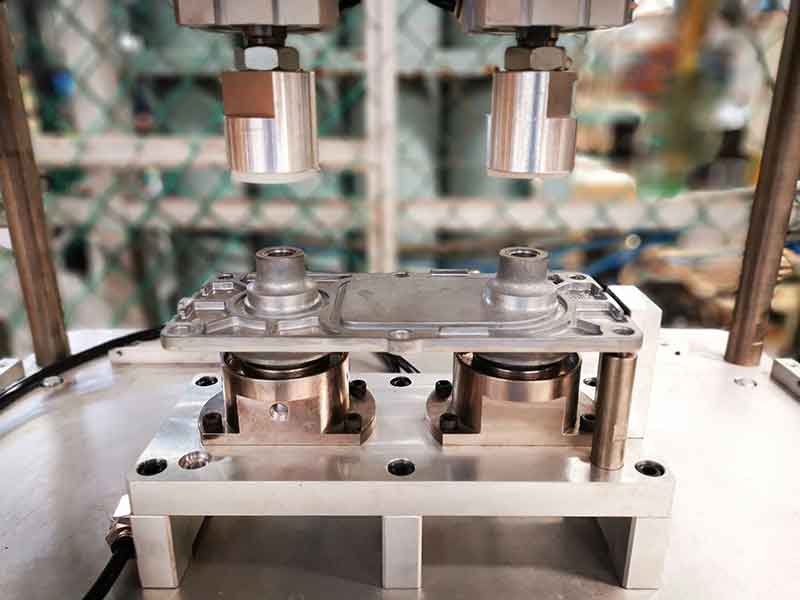The Precision Craft of Diecasting: Revolutionizing Manufacturing
Diecasting is an advanced manufacturing process that plays a vital role in
creating sophisticated metal products with excellent precision and
reproducibility. This technique involves injecting molten metal into a mold
cavity using high pressure permitting the creation of precise shapes and
intricate designs that are difficult to create using other techniques.
Diecasting is widely utilized in diverse industries like electronics, aerospace,
automotive, and consumer goods, because of its effectiveness and capability to
create high-quality parts. This article explains the intricacies involved with
diecasting by detailing its process, benefits in use, and the potential
applications.
Diecasting begins with the design of the mold, sometimes
referred to as a"die," and is usually made of toughened steel. The mold is
constructed for the extreme pressures and temperatures involved during the
process. After the die has been made the molten metal, which is typically made
up of aluminum, zinc, magnesium, or copper, is heated up to an liquid state, and
introduced into the mold under pressure that is high. The pressure is kept up
until the material has solidified, so that the molten metal fills every part of
the mold with fine detail and the thin walls. After the metal has cooled and
formed, the mold is opened, and the finished component is removed. This
technique allows for high quality and precision with the manufacture of metal
parts.
One of the biggest advantages of diecasting is its effectiveness
in large-scale production. Once the dies are created it is possible to have the
process repeated numerous times with minimal variation between parts. The
repeatability is crucial to industries that require huge quantity of consistent
components. Additionally, diecasting is renowned for its material efficiency.
Diecasting produces less waste than other metal forming techniques because any
metal that is not used can be recycled and reused. This reduces not just the
cost of material but also promotes environmentally sustainable manufacturing
practices. Diecasting's speed and precision diecasting make it an ideal method
for making large amounts of parts quickly and consistently which allows
manufacturers to keep to strict production deadlines and the demands of
markets.
Diecasting can also produce products with exceptional mechanical
properties. The rapid cooling of the molten metal during the process of casting
results in an extremely fine-grain design, which increases the strength and
durability of the finished product. These components are well-suited for
projects that require high performance and reliability. For example, in the
automotive industry Diecast components are utilized in engines, transmissions,
and structural elements, where the strength-to-weight ratio is crucial to ensure
safety and efficiency of vehicles. Similar to the aerospace field diecast
components aid in the development of lightweight yet sturdy structures that are
essential to optimizing the efficiency of fuel and performance. To receive
further details kindly look at Senadiecasting
Diecasting's capabilities go beyond its mechanical
benefits to its flexibility in a variety of application. In the field of
electronics, diecasting can be utilized to make enclosures, heat sinks and
connectors to ensure that the devices are secure and perform perfectly. This
process is used in producing everyday consumer goods, from the kitchen appliance
to power tools, where precision and durability are paramount. Diecasting is a
process that can produce detailed and intricate parts makes diecasting an
attractive option to engineers and designers seeking to create new ideas and
increase product capabilities. In allowing a variety of different metals and the
integration of intricate features, diecasting supports the development of
advanced products across multiple industries.
Diecasting is an incredibly
productive and flexible manufacturing method which is essential to the
production of complex metal parts with high precision and consistency. The
ability of diecasting to produce parts that have intricate detail with tight
tolerances and polished surfaces makes it an indispensable tool for all sectors,
from automotive to aerospace to consumer electronics as well as beyond.
Different material types further increases the flexibility of diecasting. It
allows companies to select the best alloy to meet their needs. Technology
advances, and the need for top-quality and efficient components grows and
increase, diecasting will continue to be crucial for manufacturing which will
drive innovation and superiority in the field of production.
Comments
Post a Comment